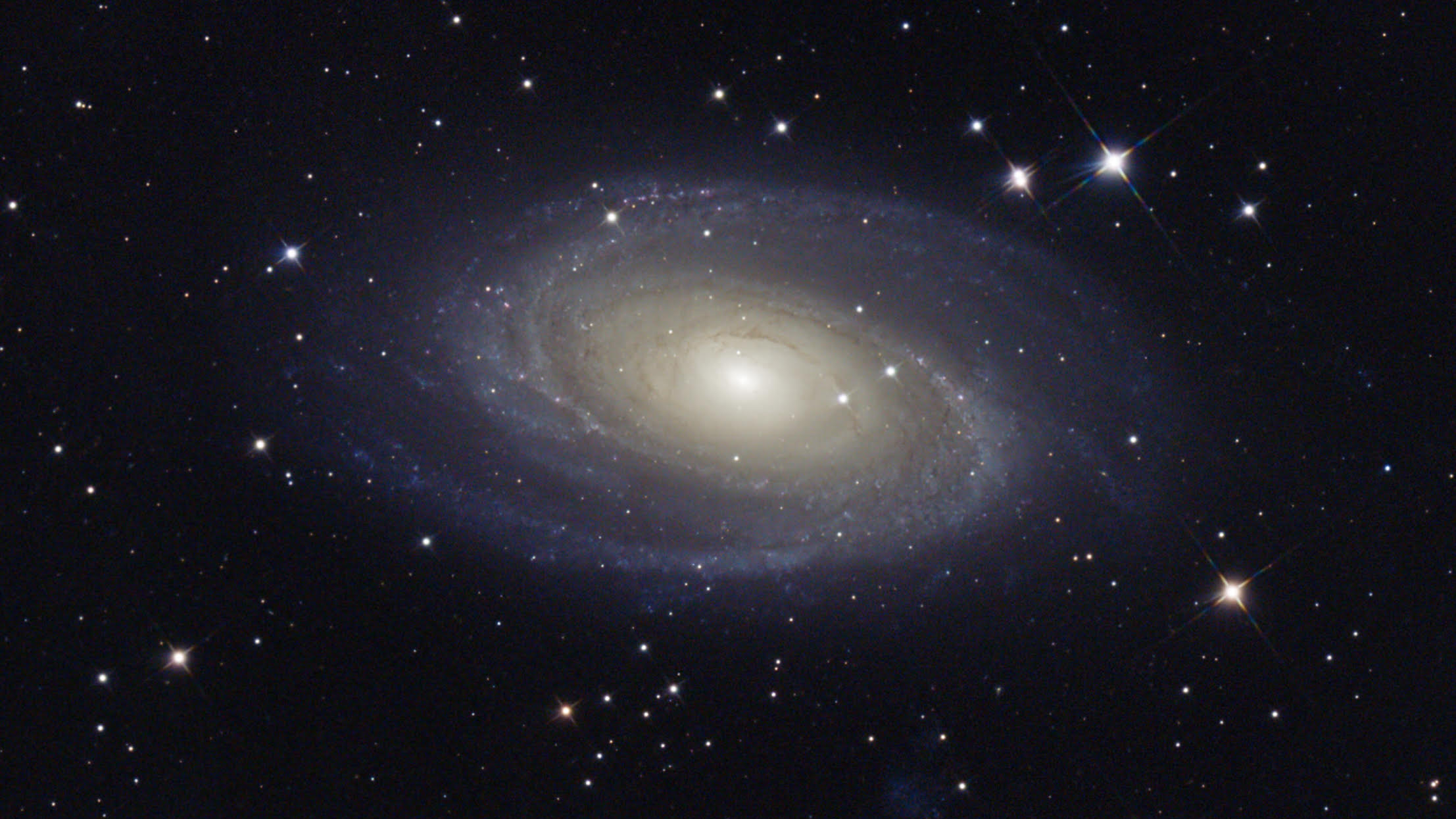
Astrophotographer Joel Martin captured a magnificent view of Bode's Galaxy in February 2025 during the annual Dark Sky Festival held in California's Death Valley National Park.
The frames used to create Martin's galactic portrait were captured on the night of Feb. 21 using a 150mm f/4 Newtonian telescope connected to a ASI533 astrophotography camera capable of taking full color images in a single exposure without the need for filters.
Bode's Galaxy has an apparent magnitude of +6.94, making it one of the brightest galaxies visible in the Northern Hemisphere. Martin was able to bring out exquisite detail in the grand spiral galaxy by executing a set of 18 separate 300 second exposures, which were then stacked and post-processed using PixInsight astrophotography software.
TOP TELESCOPE PICK:
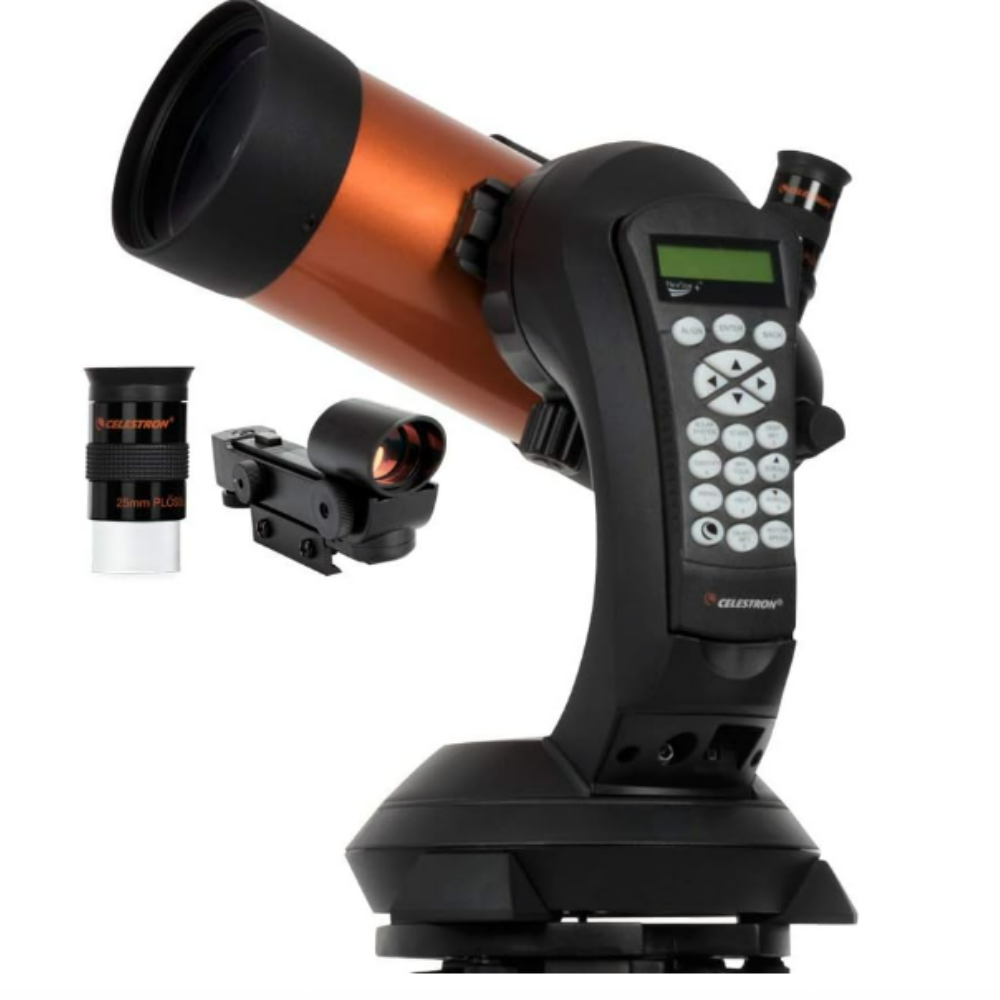
Want to see galaxies in the night sky? The Celestron NexStar 4SE is ideal for beginners wanting quality, reliable and quick views of celestial objects. For a more in-depth look at our Celestron NexStar 4SE review.
The end result is a stunning view of M81 that highlights active star forming regions embedded in the galaxy's spiral arms, the light from which has travelled for 11.6 million light-years before rushing headlong into Martin's telescope. The prominent core of Bode's Galaxy also shines brightly with the light of older, redder stars in this shot, which orbit a monstrous supermassive black hole that is estimated to have a mass the equivalent to 15 times that of the Milky Way's Sagittarius A*.
April just so happens to be the best month to view Bode's Galaxy, so why not head out and try to spot it for yourself? You can track down M81 by locating the Big Dipper asterism in the constellation Ursa Major - which is high overhead this time of year in the Northern Hemisphere - and engaging in a little star hopping.
First off, locate the bright star Phecda, and draw an imaginary diagonal line from this star through Dubhe, which is located on the 'pouring tip' of the Big Dipper's bowl.
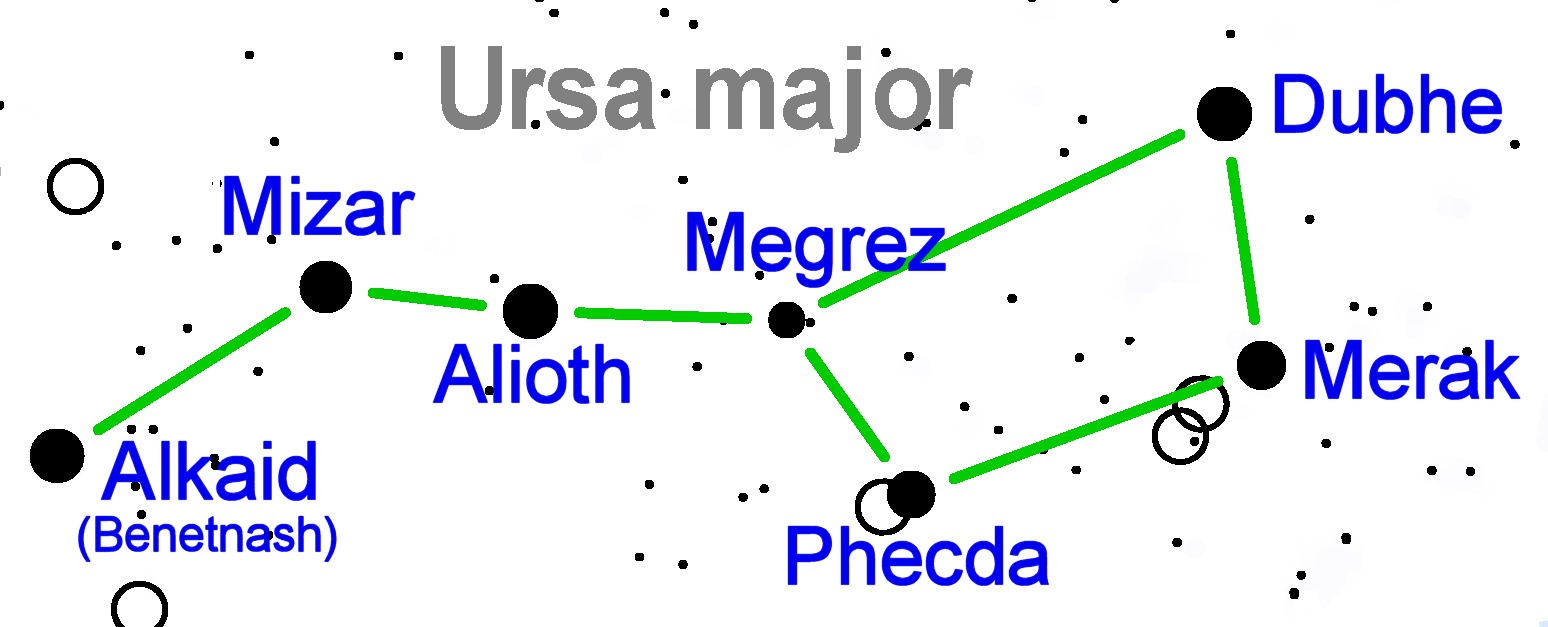
Continue this line outwards for the same distance that it took to cross the bowl, and you will find the patch of sky containing Bode's Galaxy.
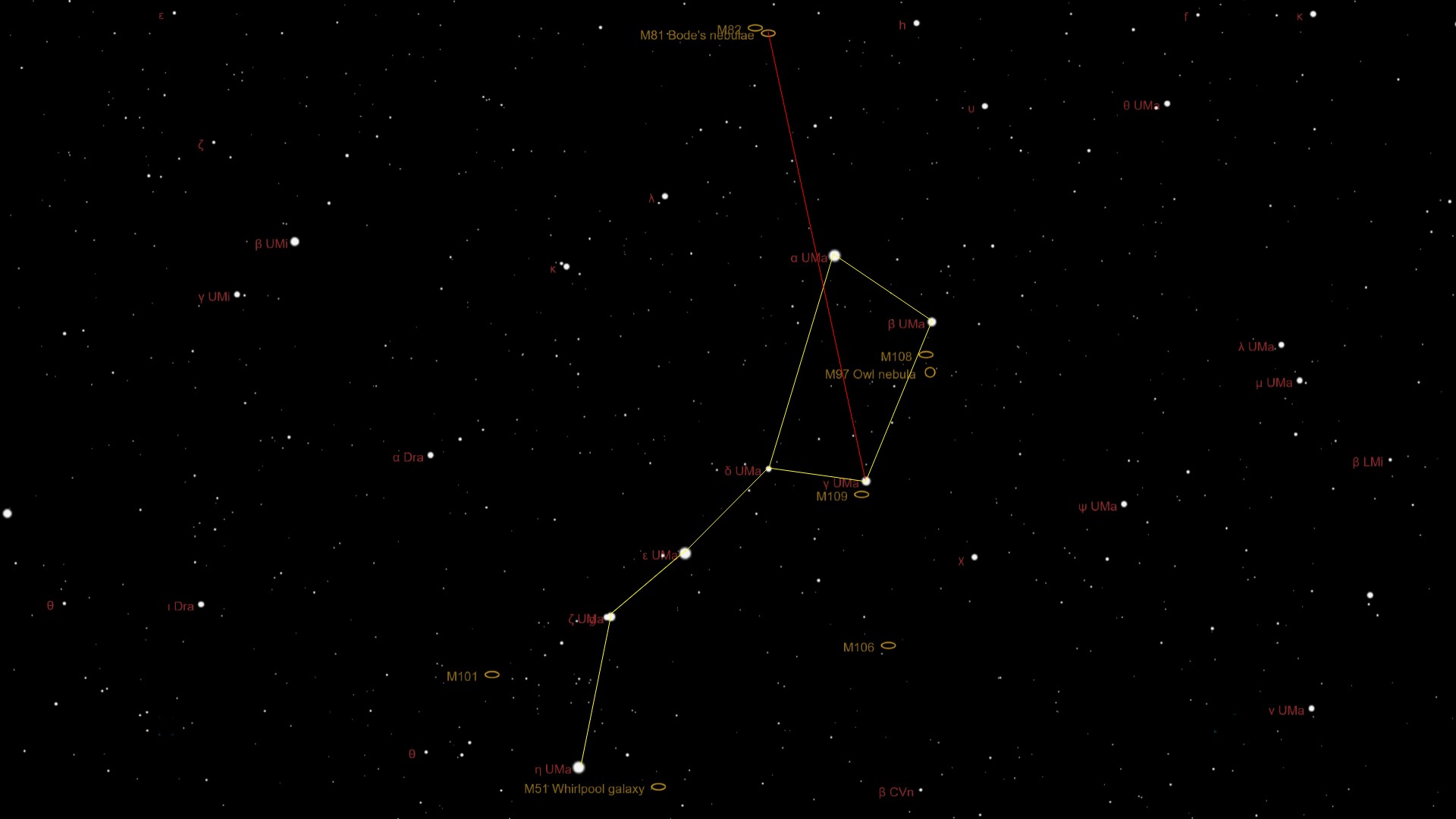
Remember, M81 is invisible to the naked eye. However, as explained by NASA it can be seen through a good pair of binoculars as a smudge of light, with the smaller cigar-shaped galaxy M82 also in frame, but a small telescope is needed to resolve the bright galactic core and elegant, sweeping spiral arms.
If you want to try and find Bode's Galaxy for yourself then why not avail yourself of our guides detailing the best binoculars deals and best telescope deals available this year. Our guides on the best cameras for astrophotography and best lenses for astrophotography can also help you prepare to capture the next skywatching sight.

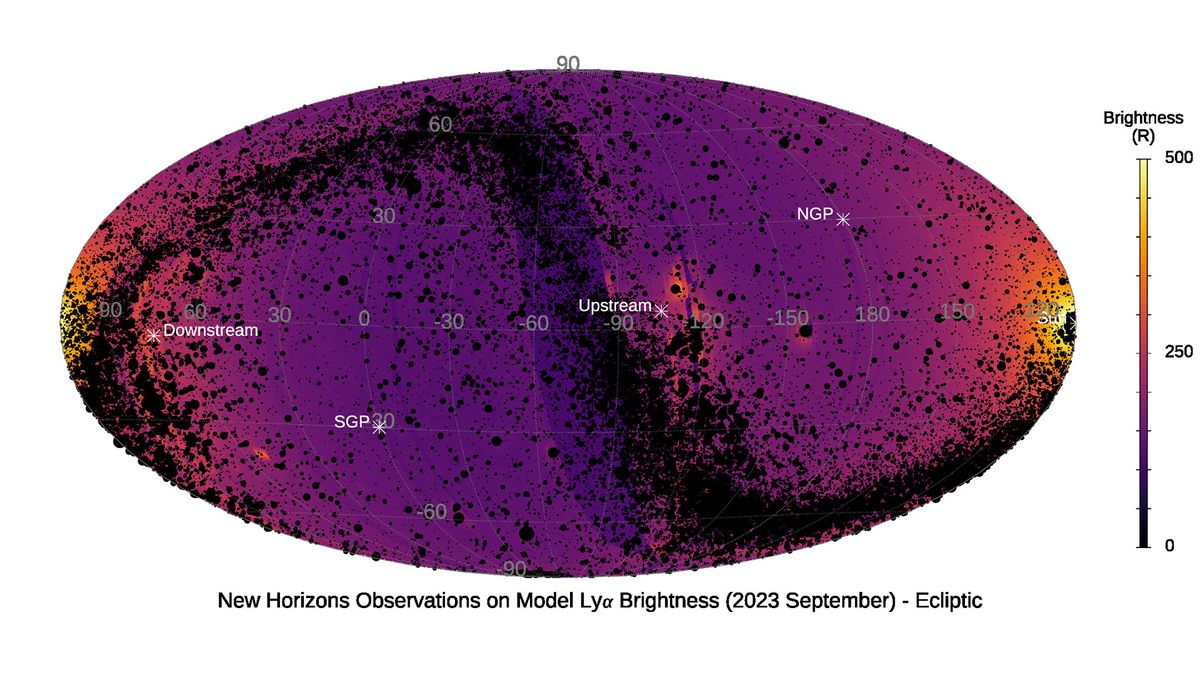

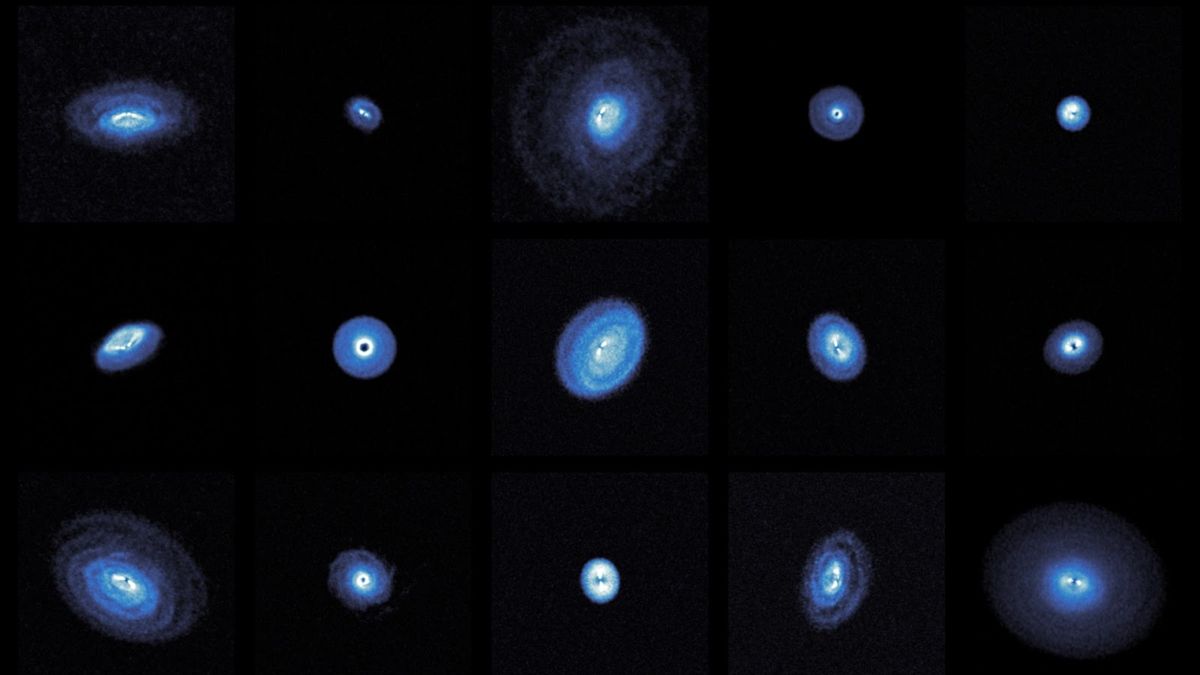





 English (US) ·
English (US) ·